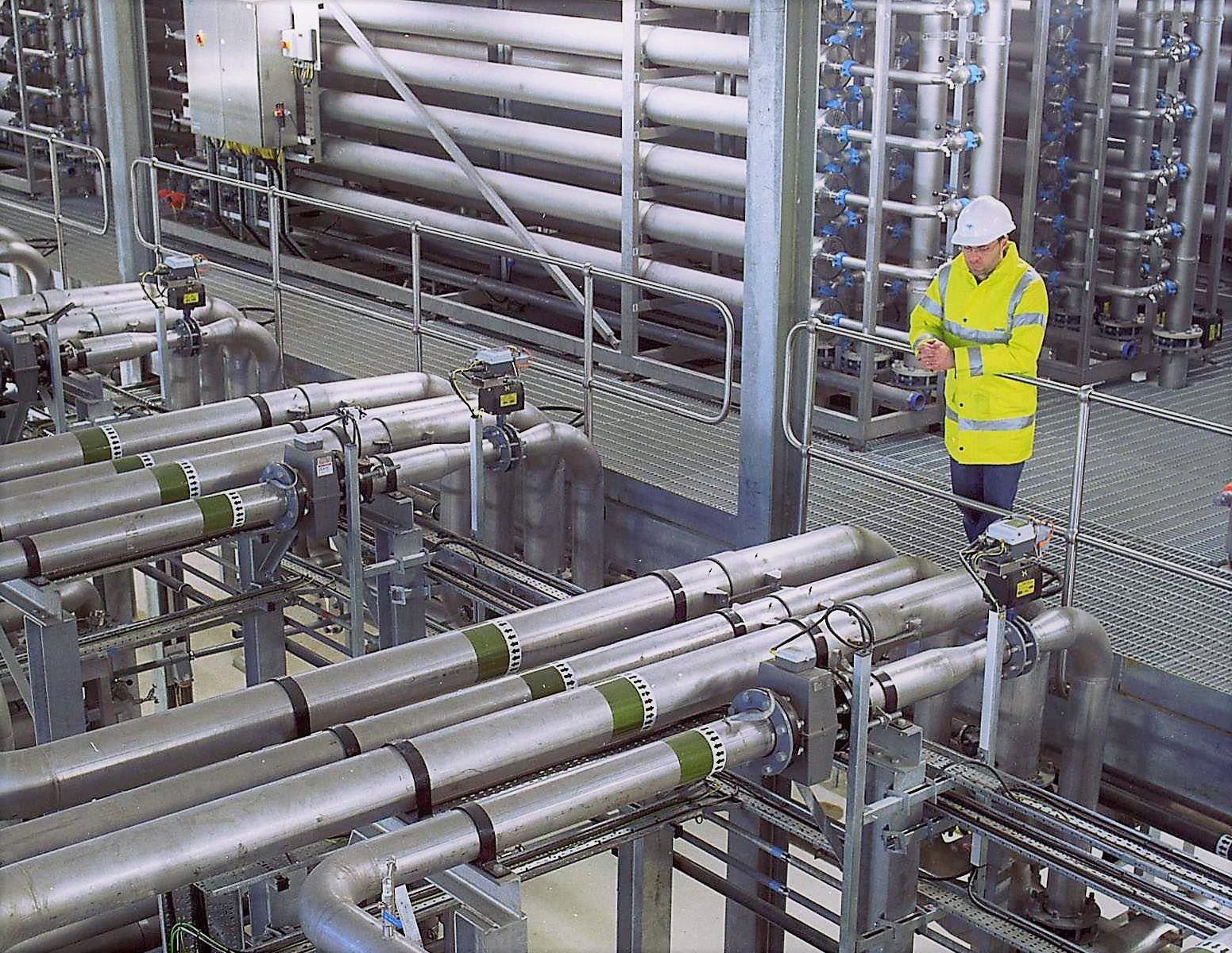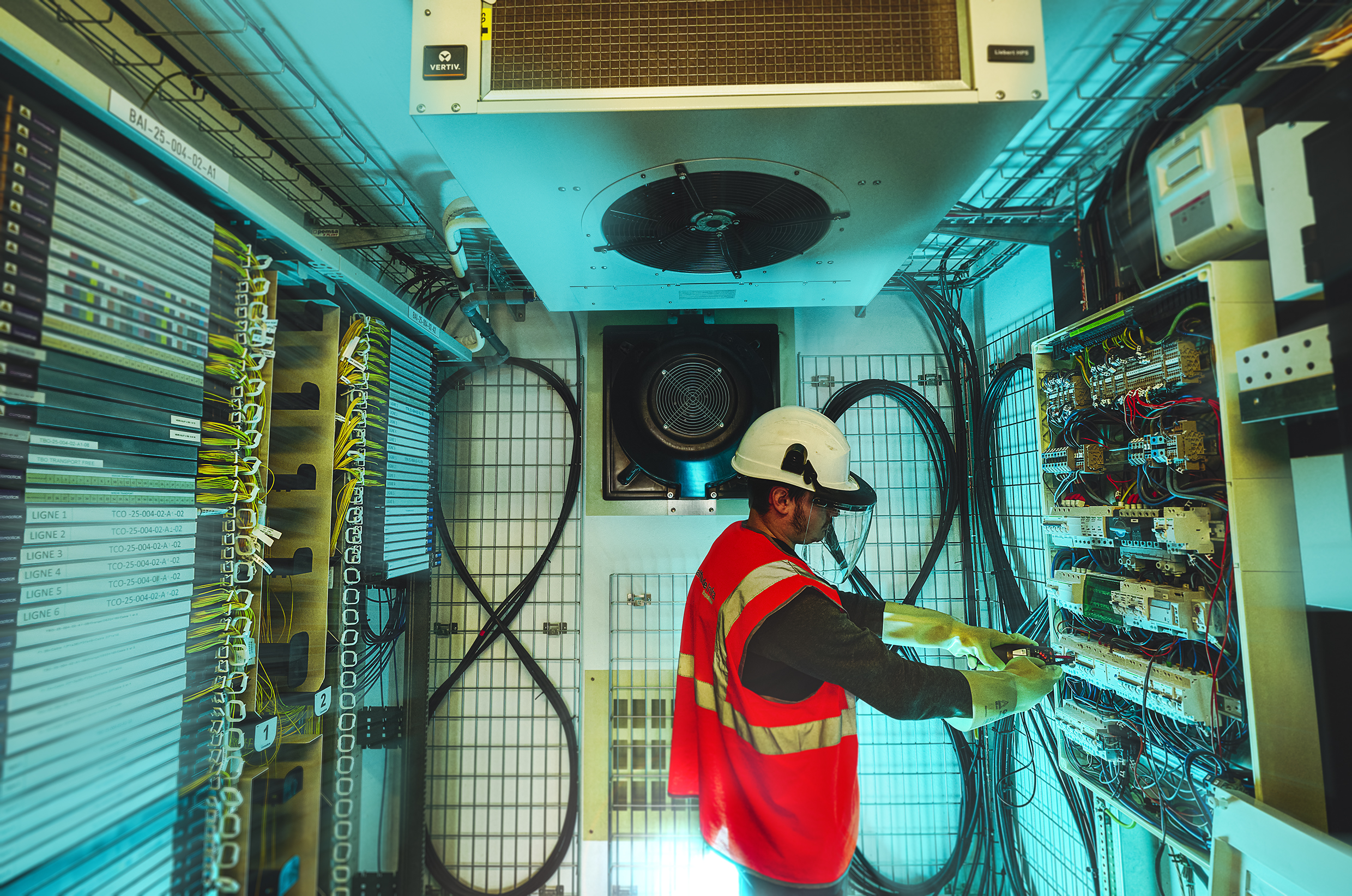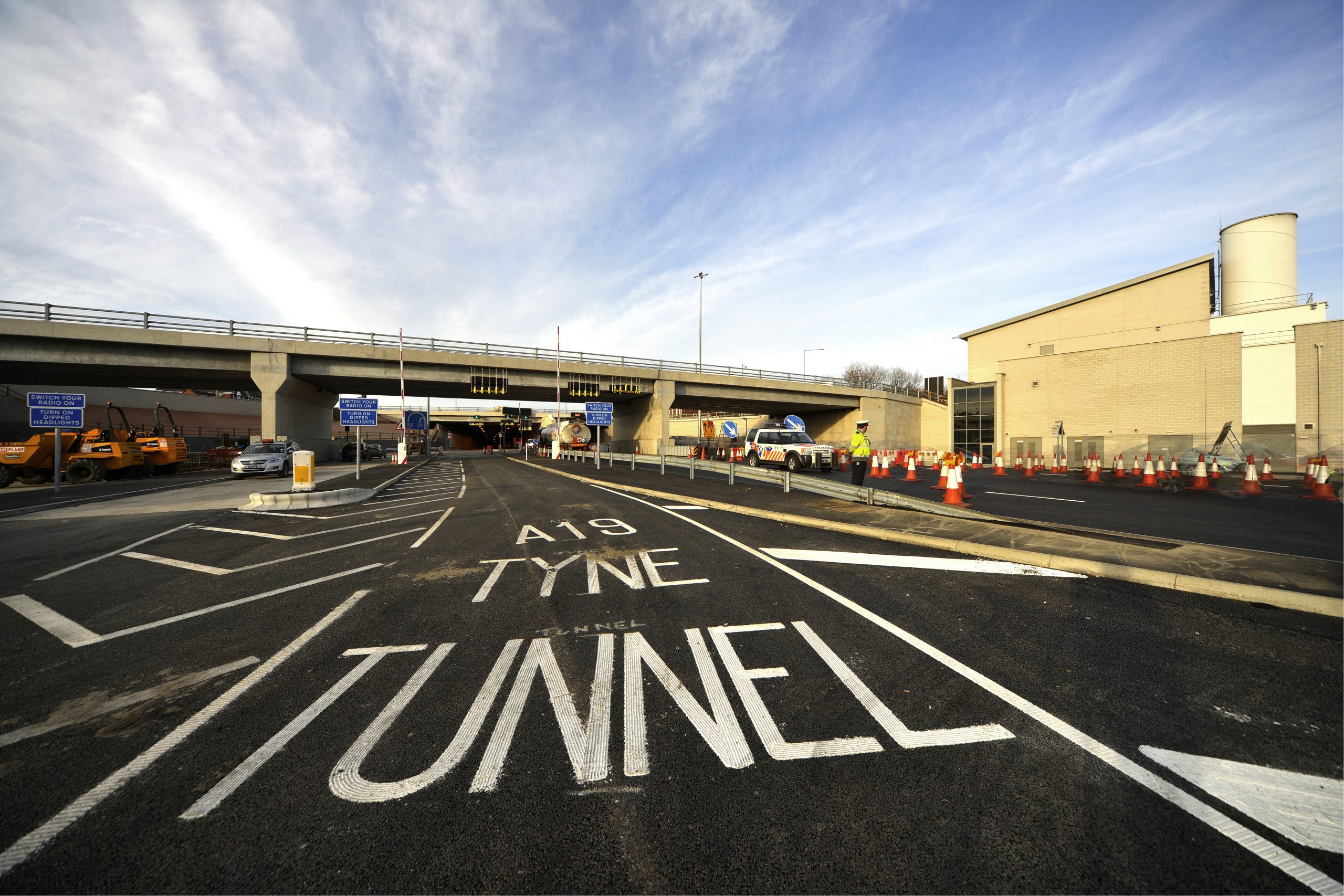
Case study Lifecycle works
Enhancing value through lifecycle management
‘Lifecycle works’ comprise the heavy maintenance and equipment renewals that are necessary to keep infrastructure assets operating safely and efficiently throughout their life. The lifecycle risk – and opportunity – is typically retained by portfolio companies on PPP and concession projects.
Our lifecycle strategy
Within the core infrastructure strategies that we manage, portfolio companies that have retained lifecycle exposure are planning to deliver about £3.7bn* worth of lifecycle works over the life of their assets, with more than £600m* planned between 2023 and 2028.
InfraRed recognises the importance of the lifecycle risk and opportunity. As part of our proactive asset management approach, we have implemented a dedicated lifecycle strategy to enhance asset efficiency and value across our portfolio for the benefit of both our public sector clients and investors.
Type
PPP, concessions
Approach
Active asset management
Location
Global strategy

Lifecycle works Key statistics
Our lifecycle strategy
The first component of our strategy is to have robust lifecycle cost forecasts. Good forecasting ensures that portfolio companies will have sufficient funds when they need to deliver lifecycle works and that excess cash is not trapped in the portfolio companies at times when these funds are not needed.
The lifecycle plan that underpins the cost forecasts is also a key management tool for our portfolio companies – allowing us to plan works proactively, anticipate potential asset issues, and mitigate the risk of asset unavailability.
InfraRed has worked with technical advisors to undertake detailed surveys of these assets, optimise lifecycle plans, and improve the accuracy of lifecycle cost forecasts.
Early on in the life of an asset, lifecycle works are generally limited; as nothing major needs replacing. Activity tends to step up significantly when assets reach around 10 to 15 years old. For example, large mechanical and electrical items of equipment need to be replaced, roads need to be resurfaced, etc.
As these assets age, we tailor our strategy to reflect their increased maturity and their actual condition, with a strong focus on optimising the actual delivery of lifecycle works. InfraRed has been working with its funds’ portfolio companies to improve how lifecycle works are identified, packaged, procured, and delivered on site, and we are collaborating with industry partners to develop new delivery models that will further enhance performance and generate efficiencies.
Additional impact
Effective planning and delivery of lifecycle works is essential to deliver, and enhance, the performance of assets for our clients and investors. It can also generate benefits for wider stakeholders.
For example, InfraRed’s sustainability team is working across our portfolio with schemes such as Recirculate to identify opportunities to donate or recycle equipment that portfolio companies are replacing during lifecycle works which we then look to pass on to our clients and users for a nil cost to them. Lifecycle works can also help reduce carbon emissions, by installing more energy-efficient equipment. InfraRed is therefore working with its portfolio companies to ensure that Net Zero objectives are factored in decision processes for lifecycle works, and that enhancement opportunities are identified and discussed with clients.
*Figure not pro-rated based on ownership percentage


